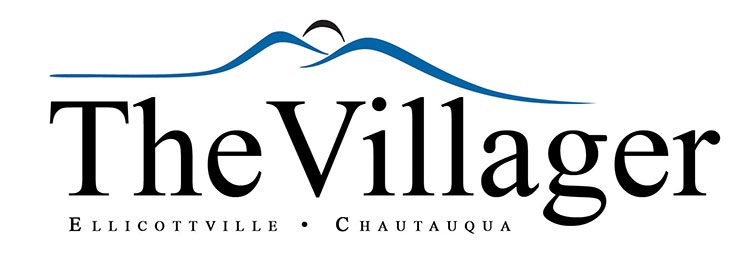Reachable Community Green Goal for Earth Day 2022
By Cara Birrittieri
Author, Freelance Writer,
Former Mayor, Boston TV Reporter, Science Teacher,
CHQ County Residents
In the State of New York, the Arbor Day Foundation (ADF) has awarded over 150 communities the “Tree City USA” designation. They range in size from New York City, to the small Village of Lakewood, and communities of all sizes in between. The cities of Buffalo, Jamestown, and Rochester are Tree Cities; Cuba, Gowanda, and Ellicottville are also members of this green consortium.
If there is anything most people in any community can agree on, it is the benefit of trees. The Arbor Day Foundation (ADF) has been encouraging communities across the country to recognize the health, environmental, and economic advantages to becoming a Tree City for decades. Tree City USA was started in 1976, and is one of the ADF’s oldest programs. The founders of the idea envisioned a healthier and much greener country, including urban areas. They also believed their new goal-oriented initiative would inspire change nationwide.
They were correct. According to the ADF website, “The first Tree City USA cohort was comprised of 42 communities in 16 states. Today, the program includes more than 3,600 communities from all 50 states, Washington D.C., and Puerto Rico.” Any community can achieve this elite membership, it simply requires commitment.
Each community must meet four separate standards, and then submit an application before being considered. All the requirements are explained in detail on the website. The first requirement is creating a committee or board with an arborist or forester or some combination of people legally responsible for decisions on tree care, and the ability to determine who will perform the tree work. Part of this requirement, is residents know who is responsible for decisions about trees. Often residents and business owners form the advisory board overseen by government officials. This system creates broad awareness within a community which fosters better tree care.
The 2nd standard is necessary alongside the first: creating an ordinance that sets forth the establishment of the board and expert with responsibility for tree care. According to the ADF, the ordinance must also, “…provide clear guidance for planting, maintaining and/or removing trees from streets, parks and other public spaces as well as activities that are required or prohibited.”
The ADF also wants communities to invest in their trees. So, the 3rd standard asks communities to fund their tree program with at least $2.00 per person in the annual budget. This is often an obstacle for smaller communities, however, the ADF argues the return on investment is worthwhile in terms of economic impact, home values, and community health.
To meet the 4th requirement communities must mark Arbor Day every year with some kind of event to acknowledge the important role of trees. Often cities and towns plant new trees on Arbor Day. ADF says, “By passing and reciting an official Arbor Day proclamation, public officials demonstrate their support for the community tree program and complete the requirements for becoming a Tree City USA!”
The most obvious advantage of maintaining trees in our communities is the combination of reducing carbon dioxide and producing oxygen. A study from North Carolina University found that a single large tree can provide the oxygen needed for four people every day. In addition, the U.S. Forest Service has shown that trees clean the air by removing air pollution, creating better air to breathe for people and wildlife. In fact, just one acre of mature trees can remove and store the amount of carbon dioxide produced by a car driven 26,000 miles. Other benefits of becoming a Tree City, and caring for your community’s trees include: proper tree placement will save energy; creating shade in summer; reducing crime; improving mood and mental health; benefiting wildlife; filtering and cleaning water; better storm water management; and increasing property values.
Probably the best case for starting your community’s progress toward Tree City USA designation is return on investment. ADF says the returns are two to five times the investment. Communities have calculated that for every one dollar invested in trees, the return is close to, or over $5.00 to the community. That’s a pretty green deal. April 22 is Earth Day, and April 29 marks the 150th Arbor Day in the U.S. See: https://www.arborday.org
